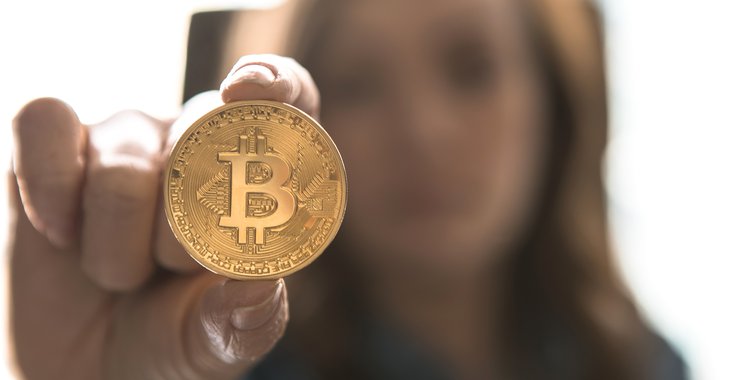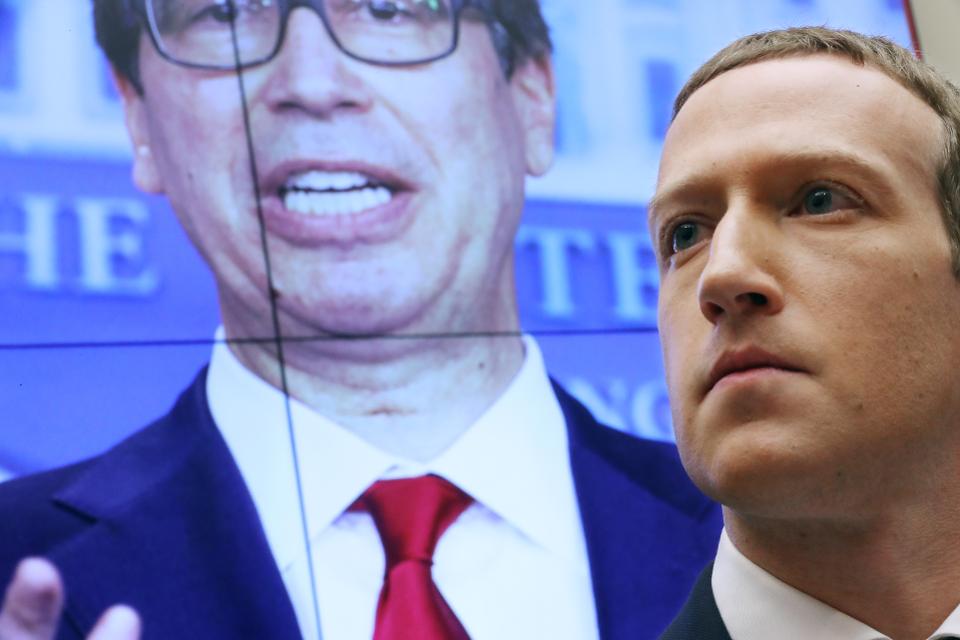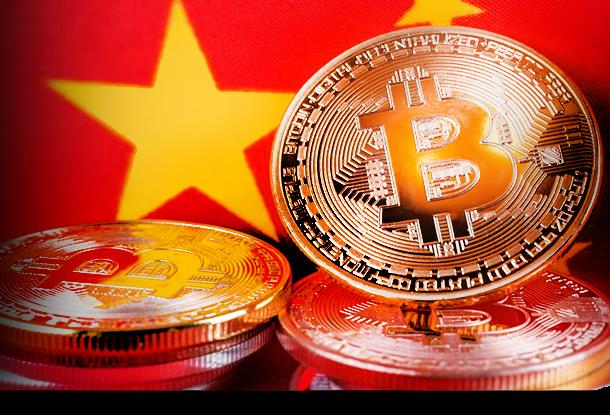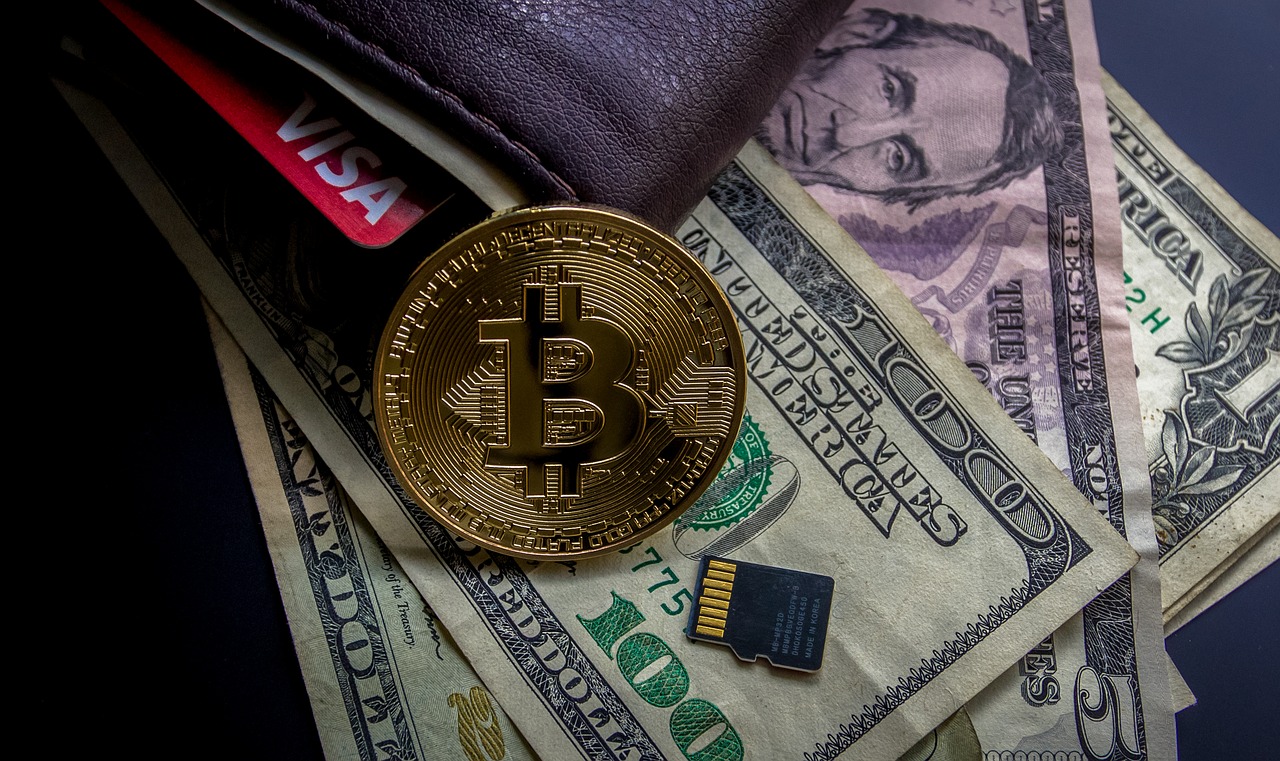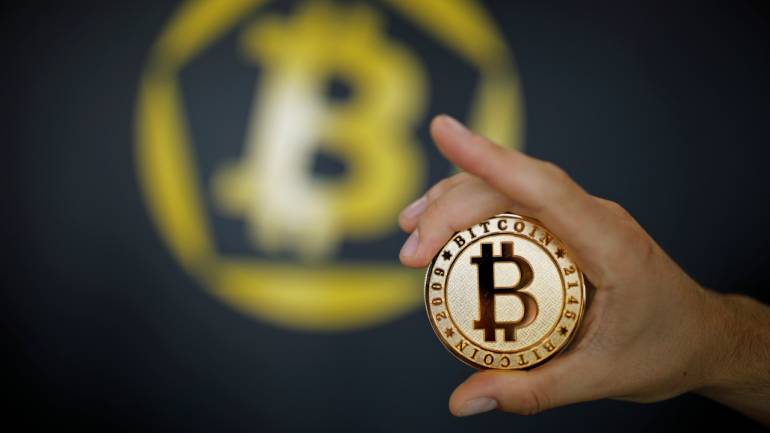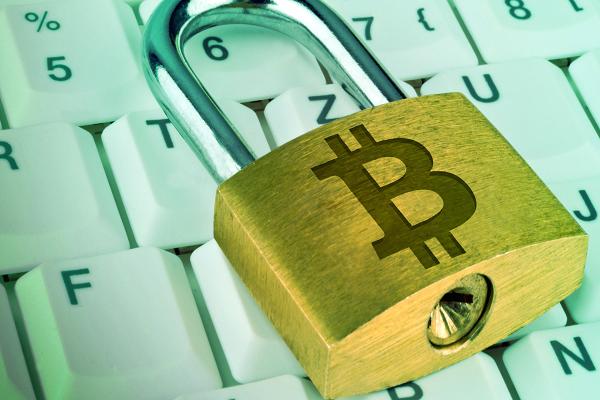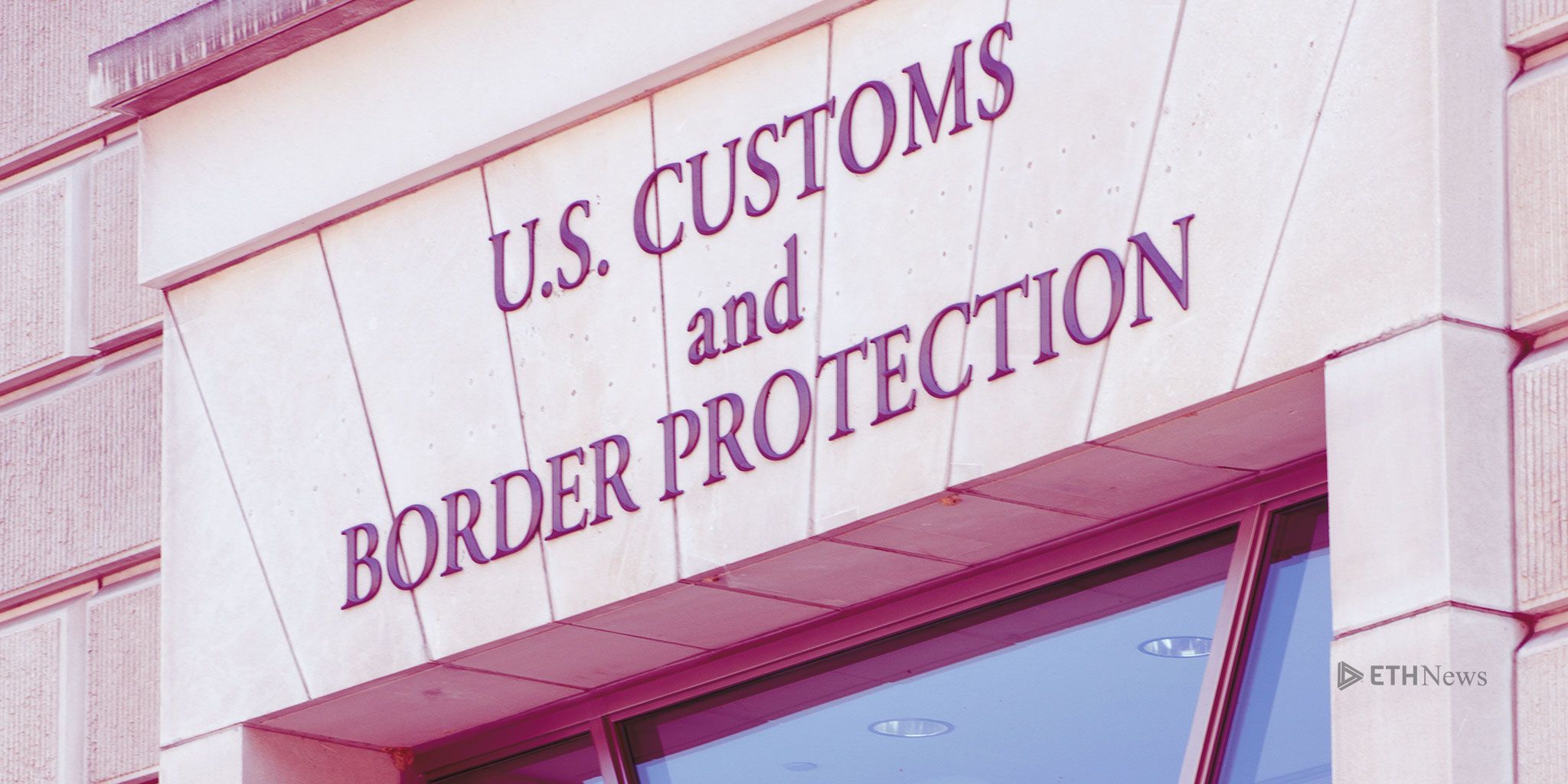Ripple is quite different that Bitcoin.
Move over ethereum and litecoin — ripple is suddenly the hot new cryptocurrency.
But ripple is different. It can’t be mined. It can’t be used to go shopping. And it’s operated by a private company.
Ripple is still far smaller than bitcoin, the reigning king of cryptocurrencies, but it’s had a remarkable 2017. Ripple has increased by 29,000 percent in the past 12 months, pushing its value to more than $70 billion. In comparison, bitcoin — which has had a notably successful, if volatile, year — has risen by over 1,400 percent to a value of $245 billion.
With ripple’s success — even if it’s based upon shaky speculation — comes intense news coverage and the associated curiosity: What exactly is ripple, and who created it?
What is ripple?
Ripple is a cryptocurrency, but it’s not quite like some of the others you’ve probably heard of like bitcoin and litecoin.
Ripple is what’s known as a token. Whereas coins like bitcoin trade on their own value, tokens tend to be tied to something else. More on that in a bit.
Who created the ripple cryptocurrency?
The currency, technically called “XRP tokens,” is all created and backed by the company Ripple Labs, a global money transaction business.
This is a stark contrast with cryptocurrencies like bitcoin and litecoin, whose actual currency is owned by anyone that wants to buy it on an exchange. This makes ripple more centralized than other cryptocurrencies.
Is a ripple XRP token similar to other cryptocurrencies?
No. There’s a notable difference between digital currencies like bitcoin and ripple’s XRP tokens. Bitcoin is the actual currency being traded and used, whereas XRP tokens are essentially backed by traditional currencies, as if they’re dollars or yen in another form.
While bitcoin and most other cryptocurrencies like Ethereum exist for the simple purpose of existing as digital money, ripple was born as a solution to the global problem of transferring money from one country to another. It can take days to do this. As Ripple Labs CEO Brad Garlinghouse likes to say, the fastest way to transfer money from the U.S. to London is to get on plane and fly it over there (presumably as a carry-on).
Ripple created XRP tokens to seamlessly pay transaction fees between financial institutions, allowing funds to be promptly transferred between banks that have agreed to use this service. A transaction can happen at astonishing speed — in a few seconds.
“XRP aren not intended to be money in and of themselves,” said Pierre Rochard, a software engineer and cryptocurrency expert. “They’re more like a giftcard or a token at Dave and Busters to use the arcade machines.”
Why is it suddenly so hot?
Ripples skyrocketing price has been stoked by, you guessed it, rumors and speculation.
“The price pumping now is because there are rumors XRP will be added to Coinbase,” said Rochard.
Coinbase is the largest cryptocurrency exchange in the U.S., and XRP’s addition here would allow anyone to easily buy them with cash. The tokens could rise in value simply because there’s limited supply and more demand.
Ripple restricts the supply of tokens to $100 billion. Accordingly, XRP tokens are subject to the capitalist whims of supply and demand — and this is amplified in today’s young and volatile cryptocurrency market.
This explains the current leap in XRP token price.
“This is a dubious thesis,” noted Rochard. “But there’s enough money washing around in the system to have people speculate on it.”
The limited use case for ripple has led to some skepticism around its rise in value.
Source: This cryptocurrency is blowing up. But it’s not currency


